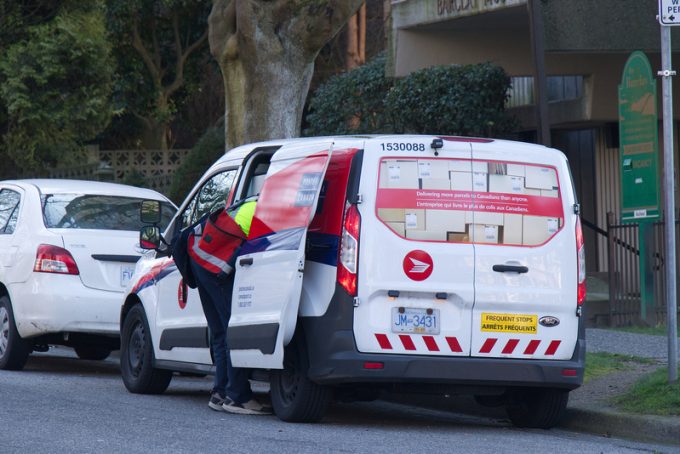New warning of 'widespread disruption' to trade on Brexit day
The UK’s National Audit Office has warned of “widespread disruption” after 1 January. In a damning ...

The parcel industry has been turbo-charged by the Covid-19 pandemic, but is now feeling some pain in response to the massive boom in traffic.
“In the past two weeks we carried over two million parcels – a higher volume than in previous peaks,” Gilles Fernandez, sales director, mail & parcels at AN Post, told a Post & Parcel online conference last week.
Operators are fast-tracking investment in capacity expansion to keep up with the relentless growth and Mr Fernandez reckons 50% of ...
Outlook for container shipping 'more uncertain now than at the onset of Covid'
Teamsters union vows UPS will be 'in for a hell of a fight' over jobs cull
Shippers warned: don't under-value US exports to avoid tariffs – 'CBP will catch you'
Cancelled voyages take the sting out of spot rate declines this week
New Houthi warning to shipping as rebel group targets specific companies
K+N CEO unveils impact of US import tariffs on China-origin goods
Blanked sailings in response to falling demand 'just a stop-gap solution'
More pressure on transpacific rates as carriers bet on a China-US trade deal
CMA CGM to reflag box ship as the French carrier eyes growing Indian market
Boeing looks to resell up to 50 aircraft rejected by Chinese buyers
'Strong start' to 2025, despite market uncertainty, says Kuehne + Nagel
US Customs chaos means 'more downside risk than upside potential' for air cargo
Taiwan ministries act to mitigate effect of trade war on agriculture exports
Wan Hai joins box shipping 'arms race', but avoids Chinese yards for newbuilds
MOL signs up with Climeworks for direct air carbon capture and storage


Comment on this article